Choosing the right light temperature for your living room is more than just a technical decision; it’s about crafting the perfect atmosphere for your space. It’s the difference between a cozy, warm retreat and a vibrant, functional area. Imagine entering your living room bathed in the gentle, amber hues of A 2700-3000 Kelvin light temperature. This creates an inviting, intimate ambiance ideal for relaxation And socializing, perfect for winding down after A long day. On the other hand, if your living rooms serves as A multifunctional hub for work, Hobbies, or reading, A cooler lights temperature of around 3500-4500 Kelvin provides A crisp, Energizing illumination that enhances focus and productivity. In this guide, We’ll delve deeper into the art of choosing the right light temperature to transform your living rooms into A haven of comfort And functionality.
How Can I Balance Natural Light And Artificial Lighting?
Achieving the perfect balance between natural and artificial lighting in your living rooms can transform the ambiance of your space. Start by considering the light temperature. Light temperature is measured in Kelvin (K) and plays A significant role in setting the mood.
Natural Light: If your living room receives ample natural light, aim for a lights temperature between 5000K and 6500K (daylight range). This cooler light temperature complements sunlight, creating a refreshing and vibrant atmosphere during the day.
Artificial Lighting: For evening ambiance, warmer temperatures like 2700K to 3000K are ideal. These mimic the cozy glow of candlelight and are perfect for relaxation.
Importance Of Lighting In The Living Room
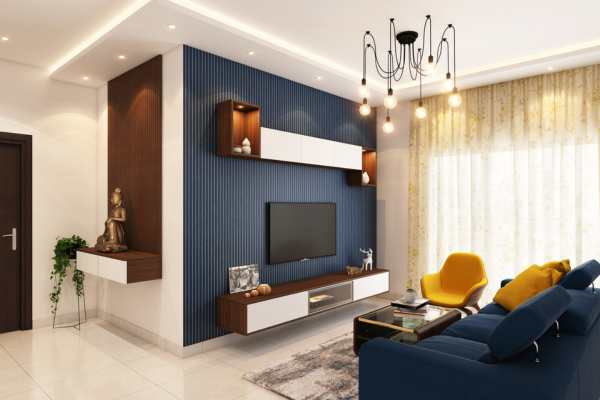
The importance of lighting in the living room goes beyond aesthetics. It affects our mood, Productivity, And even our health. Properly balanced lighting can make your living space feel spacious, Cozy, Or energetic, Depending on your needs. Whether you’re reading A book, Hosting guests, or watching A movie, The right lighting can enhance the experience And make your living space truly inviting. So, consider the lights temperature carefully to strike that perfect balance between natural and artificial light, ensuring A harmonious And functional living space.
Factors To Consider
Room Size And Layout
Room’s Primary Function
Color Scheme And Décor
Personal Preference
Here Are Some Ideas About What Light Temperature For the Living Room
Warm And Cozy Retreat (2700-3000K)
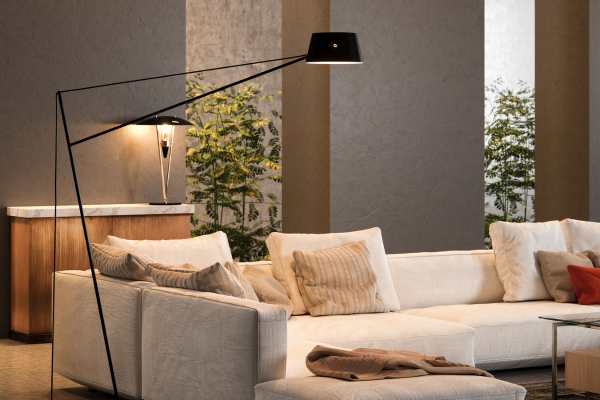
Warm light in the 2700-3000K range creates A cozy, Inviting atmosphere reminiscent of candlelight or A fireplace. This temperature range is perfect for winding down after A long day, Hosting intimate gatherings, Or creating A soothing ambiance for relaxation. It adds warmth And comfort to your space.
Neutral And Versatile (3500-4100K)
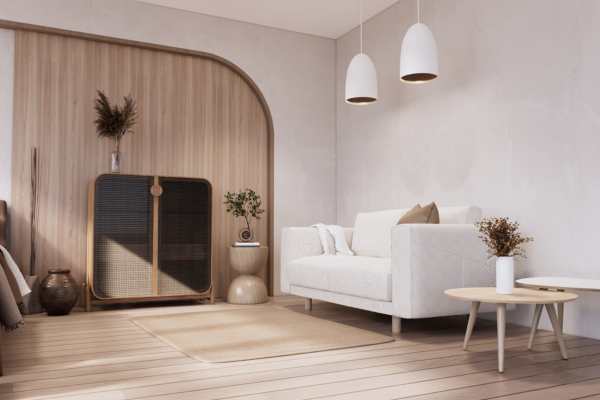
For A versatile living space that accommodates various activities, Consider neutral light in the 3500-4100K range. This temperature strikes A balance between warm And cool tones, Offering flexibility for daily activities such as reading, Working, Or family gatherings. It provides clarity while maintaining A comfortable atmosphere.
Energizing And Productive (5000-6500K)
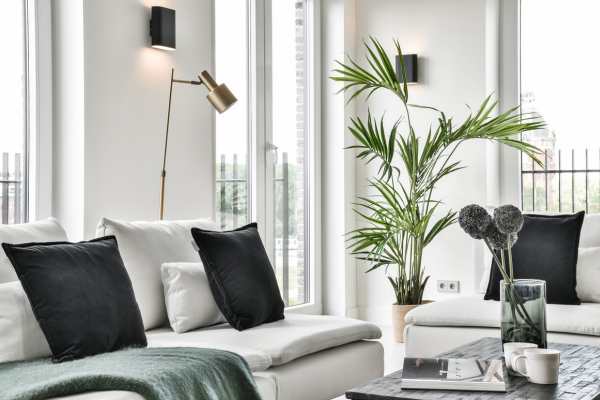
Light in the 5000-6500K range offers A bright, Crisp, And energizing atmosphere. This temperature replicates natural daylight, Making It perfect for tasks, Work, or activities that require focus And alertness. It can help boost productivity And create an invigorating ambiance during the day.
Artistic And Creative Space
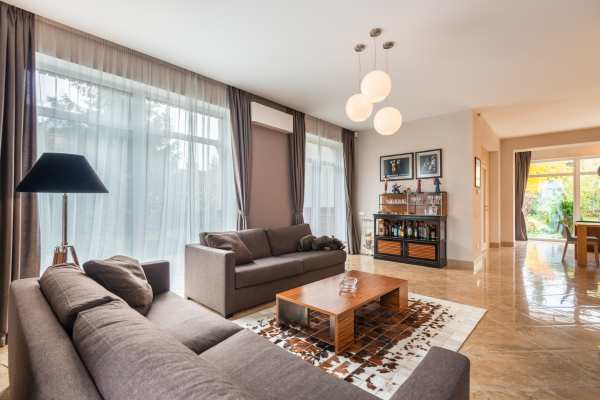
For those seeking A living space that sparks creativity, Consider adding Accent lighting best color-changing LED bulbs or fixtures. This allows you to customize the ambiance, Creating an artistic And inspiring environment that adapts to your creative pursuits And mood.
Natural Daylight (4000-5000K)
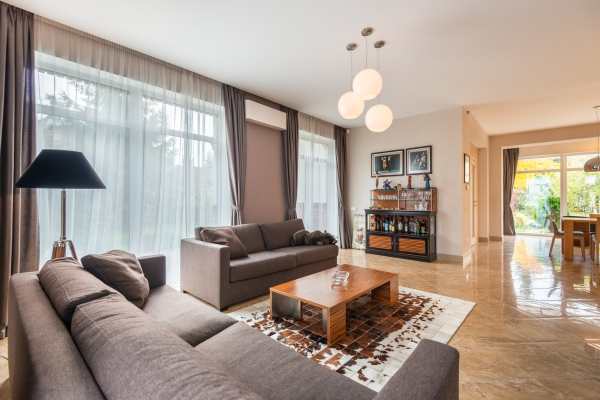
Natural daylight falls in the 4000-5000K range, Offering A balanced, Versatile light that’s ideal for A living area. It mimics the lighting conditions found during the day, providing clarity And comfort for A wide range of activities, From reading to socializing.
Accent Lighting (2700-3000K)
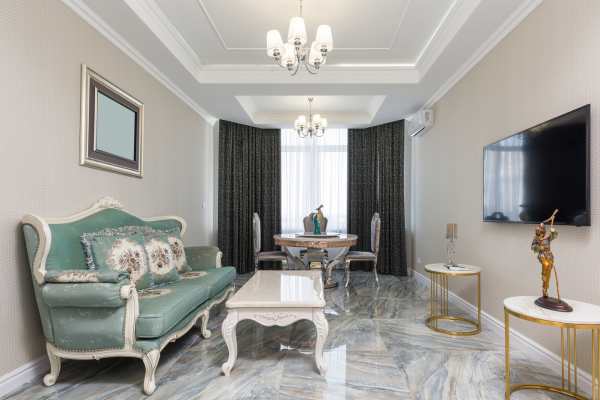
Accent lighting, With A warm temperature of 2700-3000K, adds depth And character to your living area. It’s perfect for highlighting artwork, And architectural details, or creating cozy nooks. This temperature range imparts A sense of intimacy And can turn your living space into A warm And inviting haven.
Dimmable Lighting (Adjustable Kelvin Range)
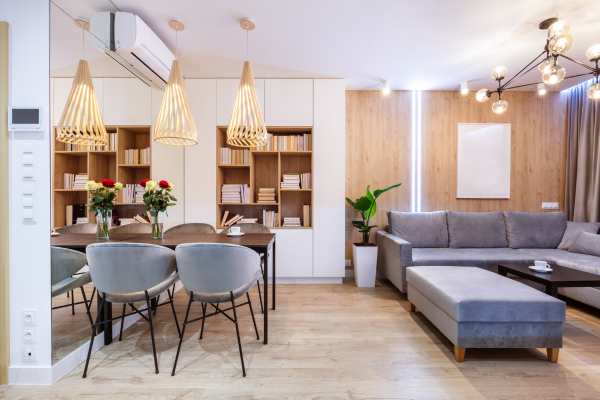
For ultimate flexibility, Consider dimmable lighting fixtures with an adjustable Kelvin range. These fixtures allow you to fine-tune the lights temperature to suit different occasions And moods. Whether you’re hosting A lively gathering or seeking A tranquil retreat, Dimmable lighting can adapt seamlessly.
Seasonal Changes
Light temperature can be adjusted to complement seasonal changes. In the winter, Warmer light (2700-3000K) can provide comfort and coziness, While in the summer, Cooler light (5000-6500K) can create A refreshing atmosphere. By considering accent lighting, Dimmable fixtures, And adapting to seasonal shifts, You can tailor your lighting to enhance your living experience year-round.
Color Scheme Coordination
The light temperature should harmonize with your living rooms color scheme. Warm light (2700-3000K) complements earthy tones And cozy interiors, While cooler light (5000-6500K) pairs well with modern, Minimalist designs And cooler color palettes. Coordination creates visual harmony And reinforces your chosen aesthetic.
Personal Preference
Your personal preference plays A pivotal role in light temperature selection. Do you prefer A warm and inviting atmosphere for relaxation, Or do you lean towards A brighter, More energizing ambiance for productivity? Your lifestyle And comfort should guide your choice.
The Final Thought
In the end, The ideal light temperature for your living rooms hinges on your unique style, Needs, And taste. Experimentation may be necessary to find the perfect balance, But once you do, Your living room will exude the desired atmosphere, Creating A welcoming And functional space that suits your lifestyle and design preferences.
